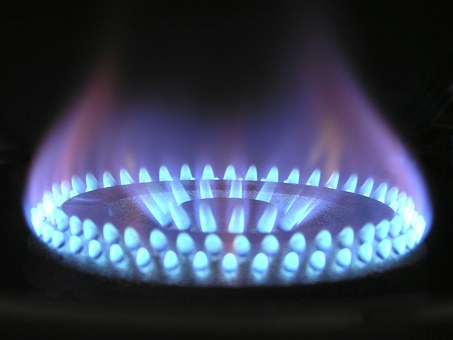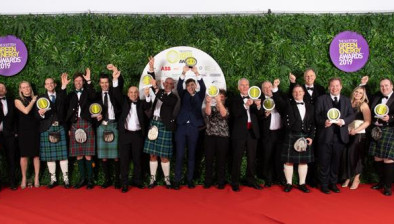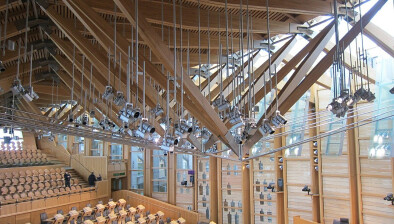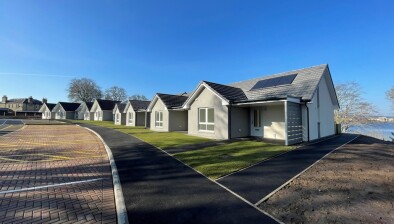Industry first trial to decarbonise heat launched in Highland

The Scottish Government, SP Energy Networks and Scottish and Southern Electricity Networks (SSEN) Distribution have launched a trial called Project Re-Heat to decarbonise homes in Highland and across Scotland.
The industry-first project will trial how electricity networks can respond to the increase in electricity demand created by decarbonising heat. Re-Heat, which will see the trial of heat pumps and thermal storage in domestic homes in the Highlands.
The project will explore how electricity networks can respond flexibly to the increase in electricity demand created by the decarbonisation of heat
The Scottish Government and Scotland’s Distribution Network Operators - SP Energy Networks and Scottish and Southern Electricity Networks (SSEN) Distribution - have come together to accelerate the decarbonisation of heating in Scotland through Project Re-Heat, which will see trials taking place in Highland.
The £5 million industry-first project led by SP Energy Networks and supported by Scottish and Southern Electricity Networks, is an innovative project developed to explore how electricity networks can manage the expected increase in electricity demand most efficiently and cost-effectively.
With support from delivery partner, E.ON, and heat pump manufacturers, Daikin, this first DNO-led large scale trial will see 150 heat pumps in total installed in domestic homes across three local authority areas, with 50 of those specifically in Highland. Those heat pumps will be connected to thermal storage units developed by Sunamp, enabling customers to be more flexible on the times they use electricity for heating.
Using smart grid controls and smart heating management with domestic heat storage, Re-Heat will demonstrate technical solutions that not only accelerate the deployment of low carbon electrified heating, but also reduce demand on the electricity network, in turn reducing or removing the need for transitional network reinforcement works – ultimately lowering customers’ bills.
Councillor Trish Robertson, chair of Highland Council’s Climate Change Working Group, said: “I warmly welcome this interesting project which will gather information to assist us in our decarbonisation efforts.
“Careful consideration of where these homes are situated will provide valuable data which will help us decide on the best options and solutions for each particular area. Anything which can reduce people’s bills, as well as our carbon footprint, is welcome.”
Scott Mathieson, network planning and regulation director at SP Energy Networks, added: “Achieving Net Zero emissions by 2045 will only be possible if we begin to work on real solutions to support the decarbonisation of heat now. Our electricity networks are at the heart of the transition to a low carbon Scotland, but we need to ensure they are able to cope with the significant increase in demand we’re projecting as more and more low carbon heating solutions are connected into our network.
“This flagship project has the potential to be replicated across the country if it’s successful and we look forward to working with the Scottish Government, SSEN, local authorities and our industry partners to find a way to support this massive step-change in a way that will enable all our communities to work towards a Net Zero future.”
Stewart Reid, head of future networks at Scottish and Southern Electricity Networks, commented: “We have 7,500 heat pumps already installed on our network across the north of Scotland and anticipate this will increase to half a million by the middle of this century. Project Re-Heat will be vital to build our understanding of how we manage this cost effectively and ensure our network is ready.
“We are delighted to be working with the Scottish Government and SP Energy Networks. Through this project, we look forward to tackling the challenges and identifying how to provide the critical infrastructure needed to support net zero.”









